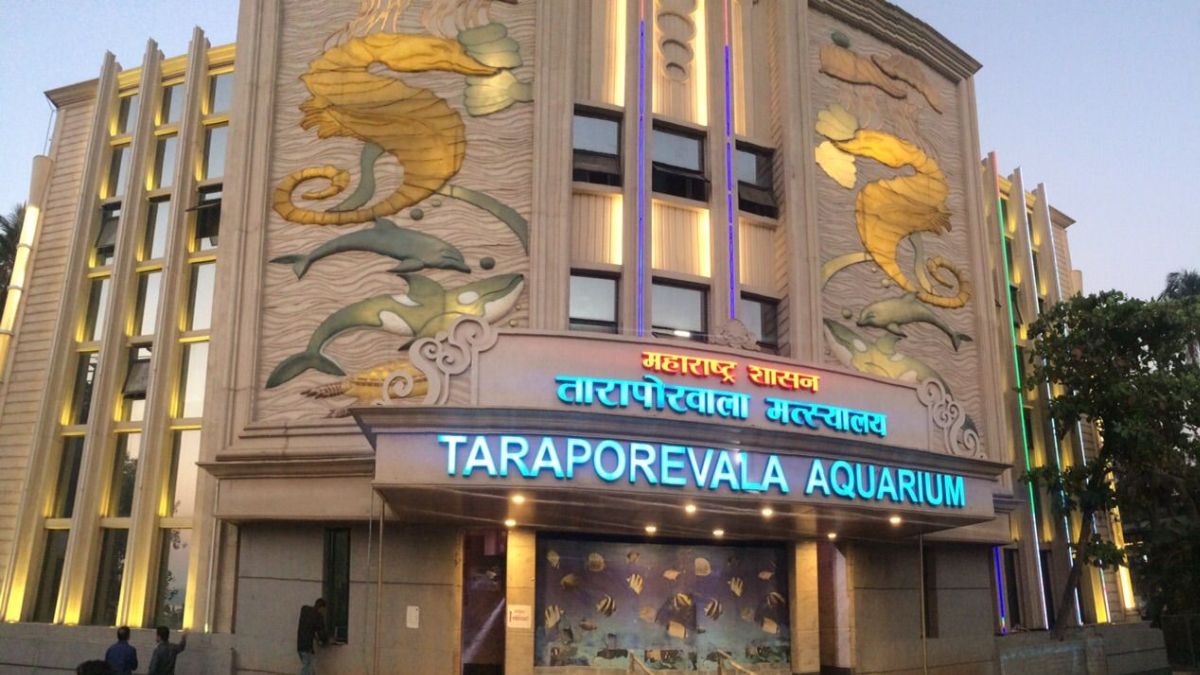Taraporewala Aquarium at Charni Road, one of the country’s oldest aquariums and a well-known tourist site in Mumbai, is set to be demolished. The 72-year-old is deemed dilapidated following a structural examination by the Public Works Department (PWD). A world-class aquarium to replace it.
Mumbai’s Taraporewala Aquarium Will Be Soon Demolished
Senior officials of the state department of fisheries stated that after the iconic structure, which is 72 years old, is demolished, a “world-class aquarium” will be built there.
According to Dr. Atul Patne, commissioner of the Maharashtra Department of Fisheries, the existing structure has significantly weakened as a result of the ongoing coastal road project. According to a PWD report, the tank was in poor condition. As a result, they will demolish the building and build a brand new, cutting-edge aquarium in its place.
In addition to the historic structure’s potential for corrosion due to its proximity to the water, the coastal road project has also negatively affected it. The coastal road project work necessitates periodic repairs, even though the structure is repairable. It is a public area that receives a lot of tourists. They therefore made the decision to take down the addition Patne made. (As per The Indian Express)
Fishes Were Shipped In Containers
The state department of fisheries, which formerly operated out of Taraporewala, was moved to Nariman Point between July and August of this year as a result of the publication of the PWD report, even though the aquarium has been off-limits to the public since the COVID-19 outbreak in 2020. While this was going on, fish from the aquarium were dispersed among three public aquariums in Ahmedabad, Chandrapur, and Pune.
The Indian Express obtained information showing that 95 fish were shipped in intermediate bulk container (IBC) tanks through tempos. They were sent to Pune, 173 (Ahmedabad), and 257 (Chandrapur). In order to allow the fish species to move about, IBC tanks were used for transportation. They were filled with water to a maximum of 60%.
The fish were starved for at least two days before the transfer. This was in order to prevent faecal contamination and increase the water’s ammonia levels. Before being transported, the fish were acclimated to the water, and we even installed battery-operated aerators for the supply of extra oxygen, according to a senior official.
Also Read: Lalbaugcha Raja 2023: Significance, History, Aarti Timings, How To Reach & More Inside
What are your views on this?
Cover Image Courtesy: Wikimedia Commons

